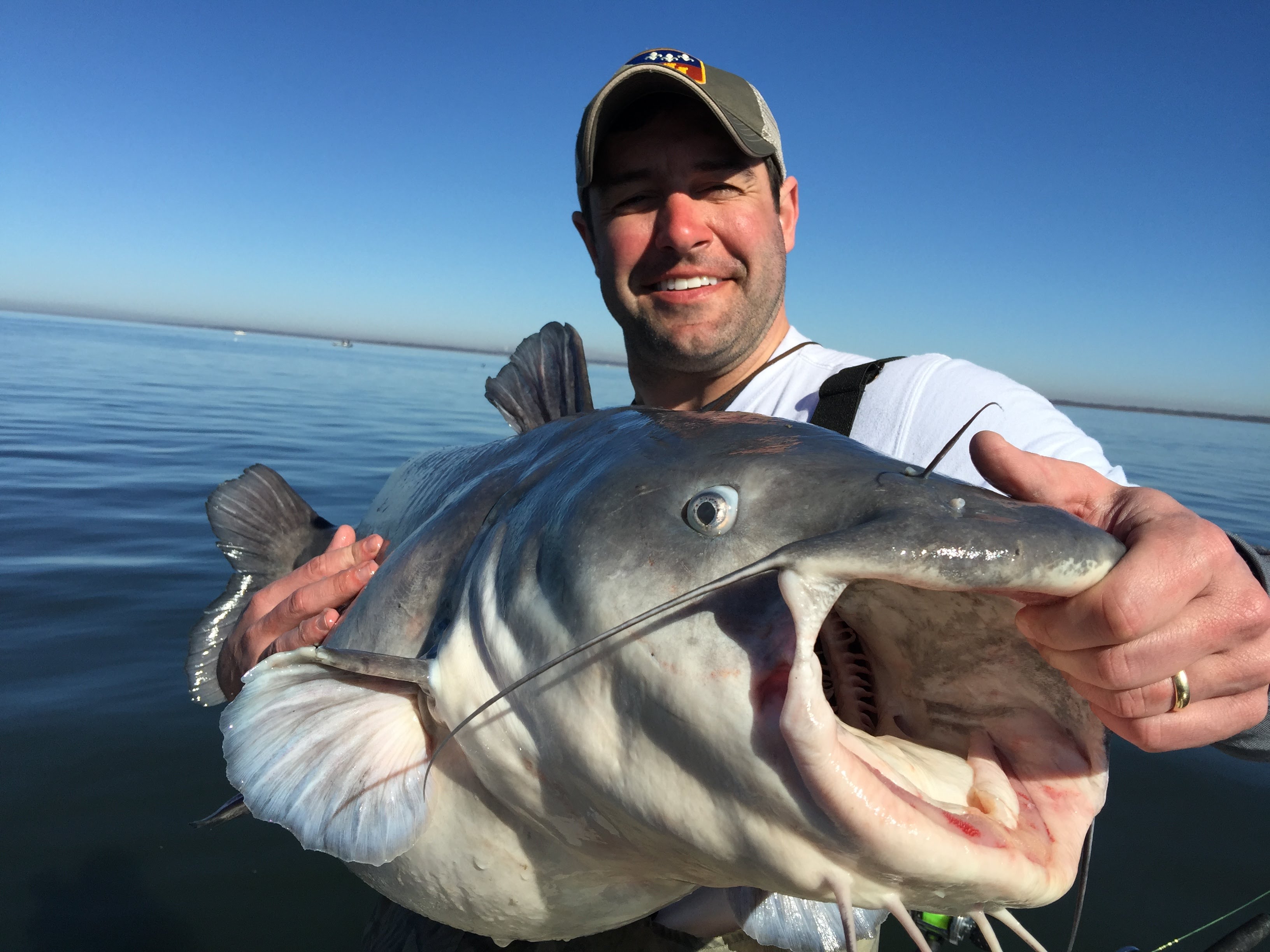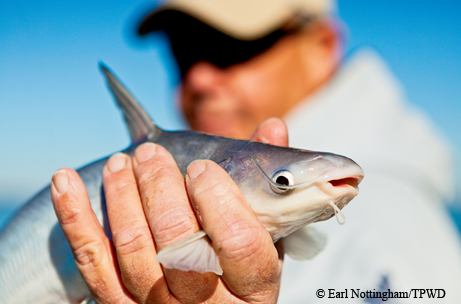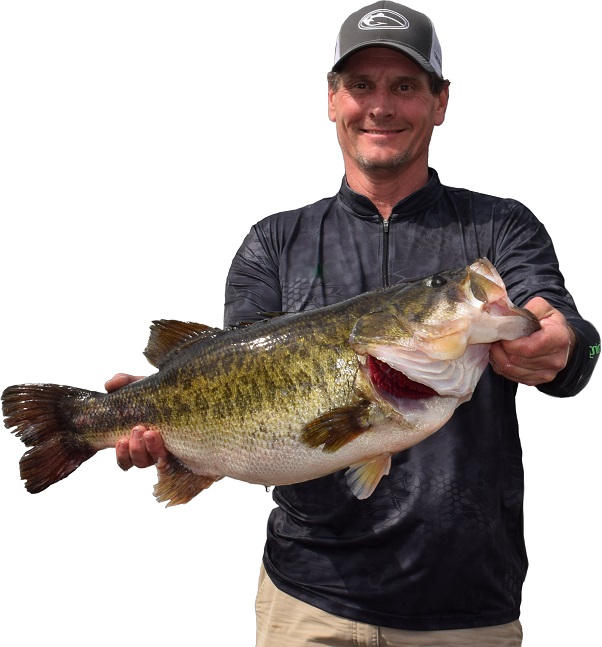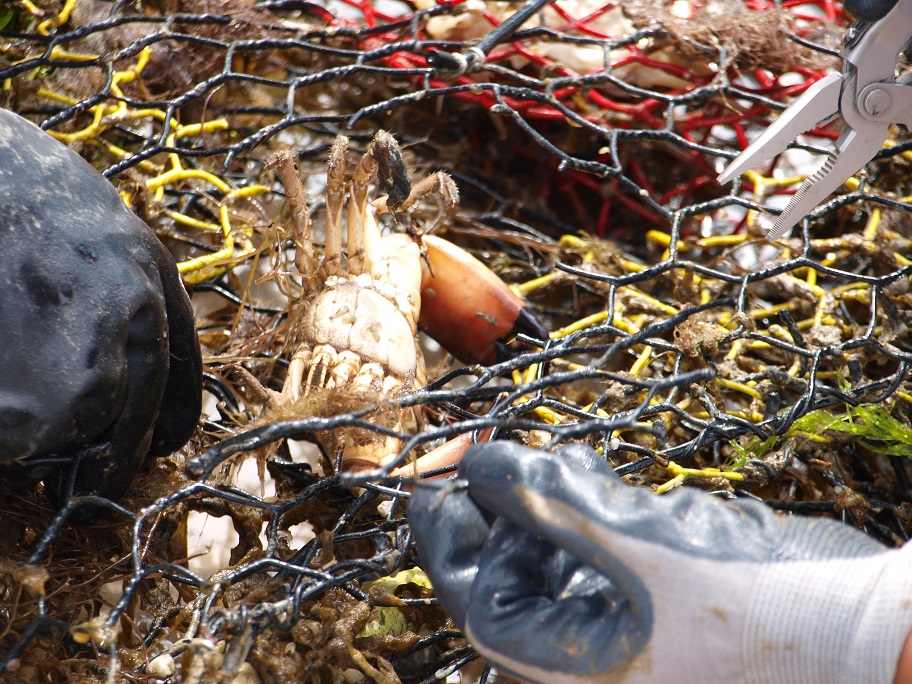Are Catfish the Future of Freshwater Fishing?
Tuesday, February 27th, 2018This is Passport to Texas
Largemouth bass is hands down the favorite sport fish among anglers in Texas
Today in Texas about 50% of our anglers say they prefer largemouth bass.
Dave Terre, chief of inland fisheries research and management, says one fish is gaining on largemouth.
About 20 percent of anglers prefer fishing catfish in Texas.
That’s right – the humble catfish. Catfish are better able than largemouth bass to survive and thrive when water levels are low, such as during drought.
We’re trying to study catfish more intensively to determine how we can make fishing for catfish even better.
Texas Parks and Wildlife developed a management to guide the future of this sport fish in Texas.
Most people in Texas – when they think of a fish, they think of a catfish. I think that’s the honest truth. Bass get more notoriety, but catfish are very important and I think a perfect fish to start new anglers on fishing, and to get a new generation of Texas interested in fishing.
Texas is home to at least 10 species of catfish. Three provide important fishing opportunities to anglers: Channel, Blue, and Flathead Catfish. We have a link to the catfish management plan at passporttotexas.org.
The Sport Fish Restoration Program supports our series and funds fisheries research in Texas.
For Texas Parks and Wildlife I’m Cecilia Nasti.







 Passport to Texas is a
Passport to Texas is a  Passport to Texas is made available by:
Passport to Texas is made available by: